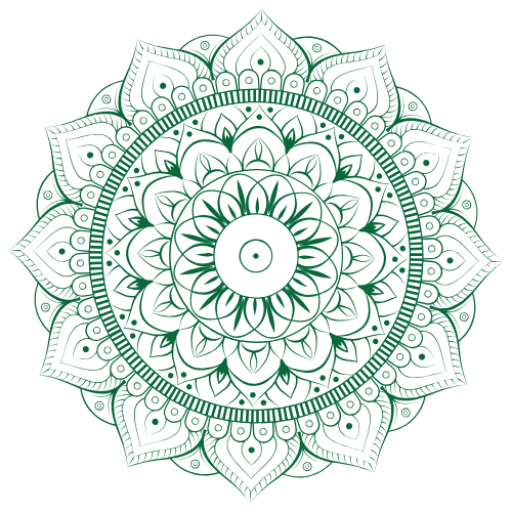How can meditation help to change structures in the brain? #4
This article consist of 6 parts. This is part 4. Written by Sophie Nusselder. 10.000 new brains cells a day For a long time scientists thought the brain had a certain number of cells. What is quite new and beautiful information the last few years, is that everybody makes 10.000 new brain cells a day; … Read more
